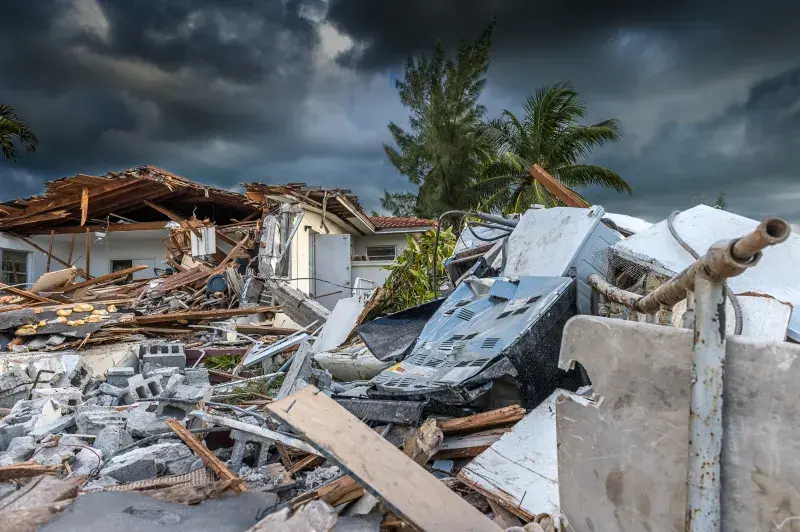Machine learning models have been developed that can forecast where, and how many, aftershocks will take place following an earthquake in close to real-time, researchers say.
Current methods used to forecast aftershocks – secondary quakes that can prove more deadly than initial earthquakes – can take several hours or days, the team says.
The rapid forecasts produced by AI-powered tools could help authorities with decision-making about public safety measures and resource allocation in disaster-hit areas.
Earthquake data
Researchers from the University of Edinburgh, British Geological Survey and University of Padua created the AI-driven forecasting tools.
They were developed by training machine learning models on earthquake data from California, New Zealand, Italy, Japan and Greece – parts of the world that regularly experience earthquakes.
Forecasting systems
The team analysed AI models’ ability to produce forecasts of how many aftershocks will take place within the 24 hours following earthquakes of magnitude 4 or higher.
They compared the performance of their AI models with the most widely used forecasting system – known as the Epidemic-Type Aftershock Sequence (ETAS) model – which is used operationally in Italy, New Zealand and the US.
Faster results
While both model types show similar performance at forecasting aftershock risk, the ETAS model took much longer to produce results – up to several hours or days on a single mid-range computer – as it involves running a large number of simulations, the team says.
By training the AI tools on records of past earthquakes from regions with different tectonic landscapes, researchers say their models could be used to forecast aftershock risk in most parts of the world that experience earthquakes.


